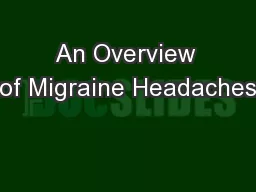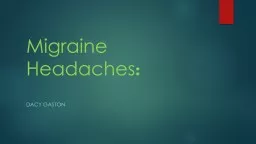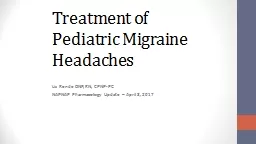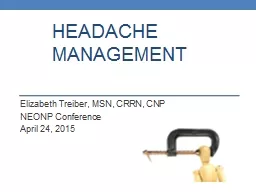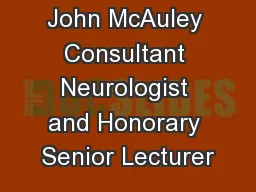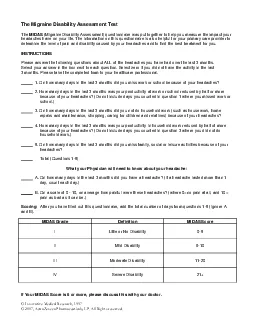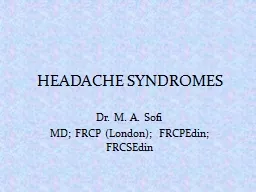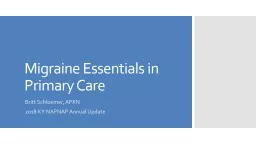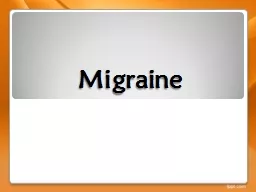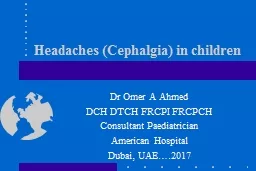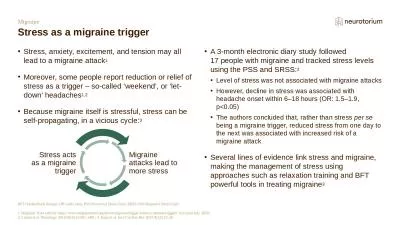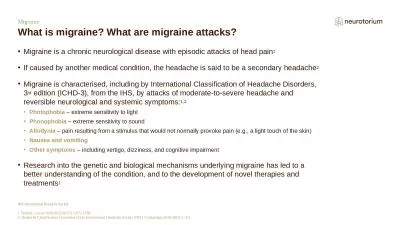PPT-An Overview of Migraine Headaches
Author : min-jolicoeur | Published Date : 2017-05-18
My head doth ake O Sappho Take Thy fillit And bind the paine Or bring some bane To kill it Robert Herrick 15911674 The Headake History Migraines described by
Presentation Embed Code
Download Presentation
Download Presentation The PPT/PDF document "An Overview of Migraine Headaches" is the property of its rightful owner. Permission is granted to download and print the materials on this website for personal, non-commercial use only, and to display it on your personal computer provided you do not modify the materials and that you retain all copyright notices contained in the materials. By downloading content from our website, you accept the terms of this agreement.
An Overview of Migraine Headaches: Transcript
Download Rules Of Document
"An Overview of Migraine Headaches"The content belongs to its owner. You may download and print it for personal use, without modification, and keep all copyright notices. By downloading, you agree to these terms.
Related Documents

